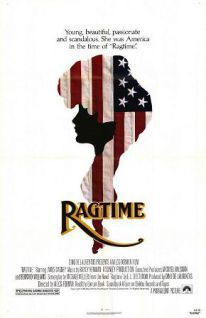
Rating: 10/10
Girl in Translation is the fictionalized story rooted in Kwok’s own history. A young Chinese mother and her daughter emigrate Hong Kong for New York. Told from the perspective of the daughter, Kimberly Chang, American life is not as expected for these women. They were given a work visa from Kim’s aunt and Kim’s mother promptly starts working in the factory. With a home filled with roaches and neither woman able to speak much English, they feel ostracized in the cold climate of New York.
What I loved about this book is that it’s semi-autobiographical. Kwok emigrated from Hong Kong herself as a child, and she grew up in harsh conditions in New York, working in a factory with her mother to get by while she attended school. Both Kimberly and Kwok worked hard at their education and were able to receive scholarships to get into better schools and persevere until they created better lives for themselves. However, Kwok was clear in her writing that it was no thanks to the “American Dream” and not because they were able to pull themselves up from their bootstraps. She shows how difficult life can be for immigrants, and how ignorant middle class white Americans are of the conditions immigrants are put into. Kim and her mother work in a factory where they make 1.5 cents per skirt, and when their supervisor finds them working faster, she reduces their pay to 1 cent. When inspection comes around, they shove the children into bathrooms and closets and pay to receive a more lenient inspection. All of their checks are converted into an hourly wage, and their bills are paid through their supervisor/aunt, who has provided them with an apartment and paid for their medical care, so they end up receiving hardly any income. Kwok is very clear about the hardships immigrants face and the lack of support from community.
At the same time, Kim and her mother are proud and hard working, and they do their best to keep outsiders out of their lives. Kim is not allowed to have many friends, and certainly not allowed to spend time with them outside of school. Kwok is speaking to both Chinese culture and immigrant cultural survival in this instance. It seems that Chinese culture is responsible for the pride and therefore the desire to keep people from seeing your struggle, but in order to survive, these two women also need to hide their existence because of their limited opportunities. Kwok shows readers that it doesn’t matter where immigrants come from and who they were in a different country; if they don’t speak English they are relegated to menial labor and treated as paupers.
Kimberly’s romance was steamy and heartbreaking, and although it created a lot of sadness throughout the story, I wouldn’t have it any other way. There are a lot of obstacles in the way of Kim’s romance, and Kwok shies away from the happy ending in some senses to opt more for the reality that everyone faces when it comes to the choice of where you want your life to lead. Kim is very clear about her goals, and she remains focused throughout the story. Her focus is what gives her strength to make hard choices and sacrifice herself for her end goals.
My only hesitation with this book is that some reading it may point to it as an example of immigrants pulling themselves up from their bootstraps to enjoy the American Dream. Kwok is not trying to promote that image. Rather, she is showing the resilience of these two women and the resilience of immigrants in general. She wants readers to get a taste of how difficult the transition can be, and she gives us characters that suffer or don’t ever make it out of factory life to show us that not everyone lives out the fantasy.
This was a very fast read and definitely one of my favorite books of the year so far. I would definitely recommend it!
Advertisements Share this:




